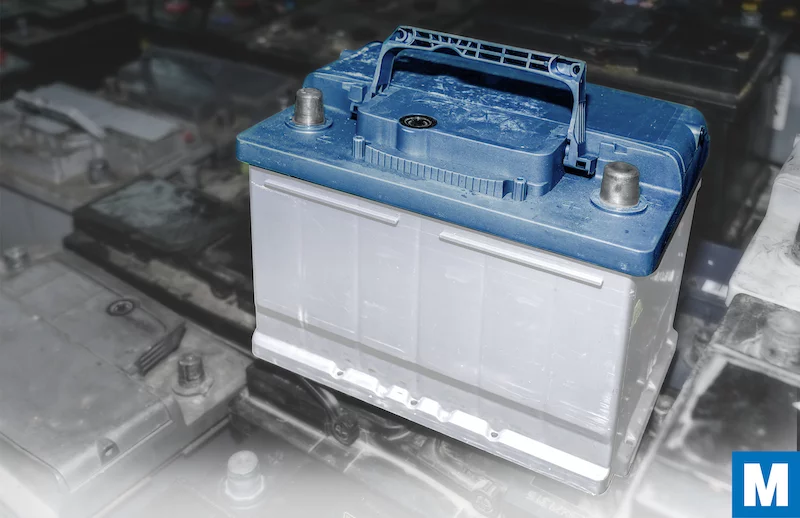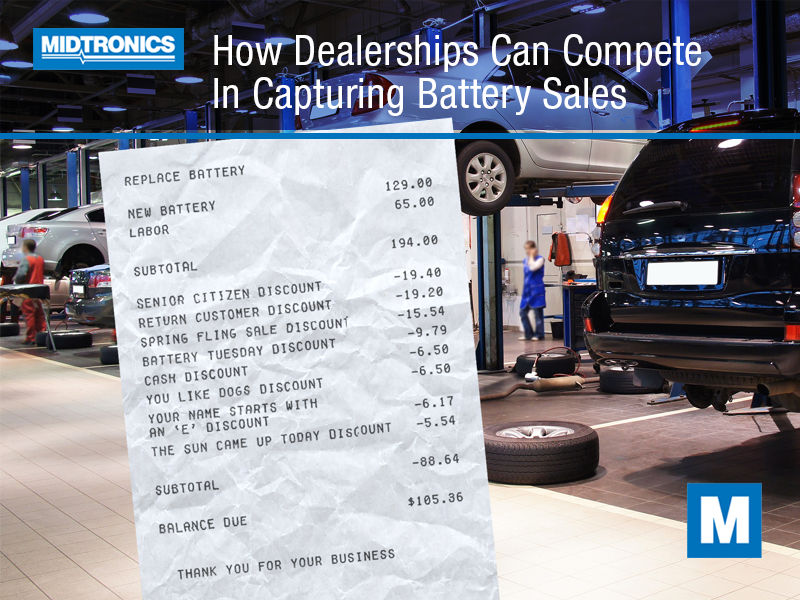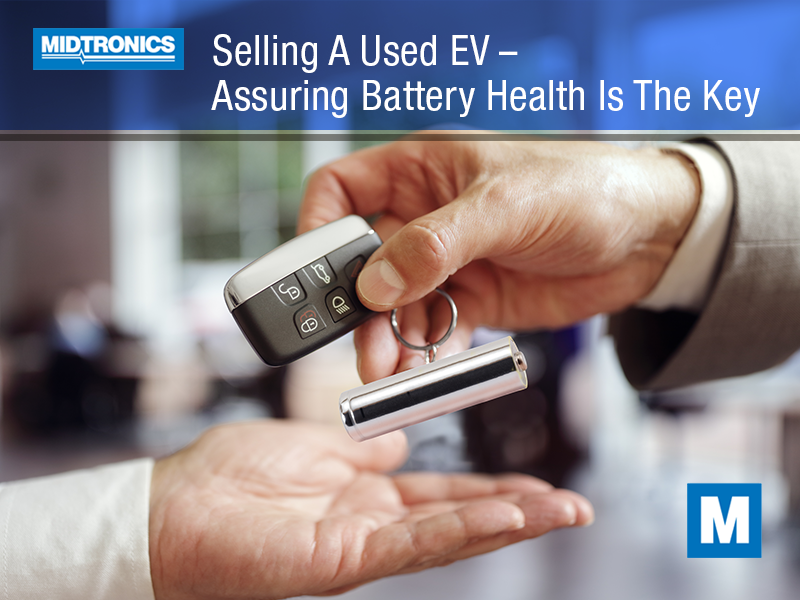Dead batteries are one of the most frustrating situations any driver can encounter. Not only could it make you late for an important appointment, but it often means there’s a problem with your car or the battery that needs to be addressed.
One way that batteries can deteriorate is if they’ve been stored incorrectly or for too long. It’s true for new batteries on the shelf as well as for drivers who take their battery out during an off-season, like classic car owners and motorcyclists. The goal is to keep the battery in good shape so it doesn’t discharge fully. That’s when it can be irreversibly damaged due to sulfation, a buildup of lead sulfate on the plates inside.
Proper storage techniques can keep a battery in good working condition from season to season. Here’s what you should know about vehicle battery storage.
Choose the right location
Sealed lead acid batteries are by far the most common in automotive applications. One of their biggest benefits is that they last quite a long time if they’re stored in the right conditions. Of course, for any controlled storage, you’ll need to pull the battery out of the car.
Ideally, store a sealed lead acid (SLA) battery in a location where there’s no danger of getting impacted or having its terminals crossed accidentally, so a shelf out of the way is a good solution. The most important aspect for long-term storage is temperature, though. Storing a battery in extremely hot or cold temperatures can have a ngeative impact on the battery’s performance and lifespan. So choose a spot where the temperature remains relatively constant between 50 and 60 degrees Fahrenheit, or 10 to 15 degrees Celsius.
Store a vehicle battery fully charged
Whether you have a new SLA battery on the shelf as a spare for a long-haul highway tractor or a battery you’ve pulled out of a car during storage, storing it fully charged is pretty important for longevity. Generally speaking, an SLA battery loses about 3% charge per month, and while that doesn’t seem like a lot, consecutive months in storage can result in a charge well below full.
That’s a crucial detail because sulfation occurs when a battery discharges. Lead sulfate builds up and can harden on the plates inside the battery, permanently reducing the battery’s future capacity to recharge. That typically happens at a higher rate when the charge drops below 60 to 70%, and you can prevent that if you start out with a fully charged battery.
Check and maintain stored batteries
When a vehicle battery is in storage, the motto “set it and forget it” does not apply. As mentioned, it’s natural that the kinetic energy continues inside the battery, and it loses a small amount of charge every month. And over time, the battery’s charge level will drop. To prevent lead sulfate from forming and hardening on the plates, the solution is simple: check them periodically and recharge those with declining charges.
You certainly don’t want to put a healthy battery in storage in the fall and come back to a battery in worse condition the following spring. Similarly, a parts or service facility doesn’t want to sell batteries that won’t stand up to the test of time. Approximately every three months, test the voltage of each battery in storage, and if it’s below 12.4 volts, slowly recharge it to full capacity.
If you have one battery – or even a few automotive batteries – being stored, you can also use a multistage battery maintainer that stays connected at all times when it’s on the shelf, keeping the battery topped up. That’s not a feasible solution for retailers, though.
Clean the terminals
When the battery is removed from the vehicle, clean deposits on the battery case or the terminals. This corrosion can be a big reason that a battery self-discharges through what’s known as transient power loss. Clean the battery and terminals with a neutralizing solution, then treat the terminals with corrosion-resistant sprays available at any parts store.
How long can a battery be stored?
Vehicle batteries cannot be stored indefinitely since it will eventually discharge. Even a new battery will experience discharge, albeit at a slower rate than a battery that’s been in use for a year or two.
For new battery storage
If you are storing a brand new battery on the shelf that’s never been used, it can hold a charge as long as two years, even though it’s diminishing over time. And during that time, sulfation will form. Even when you charge the battery periodically, a small amount of the battery’s capacity will be diminished.
Most manufacturers recommend storing a battery for six to nine months maximum before use, and delaying use isn’t going to extend the battery’s lifespan of three to five years.
For used batteries
Aging batteries can also be stored for a year or so if they’re taken care of and top charged occasionally. You’ll notice that it won’t hold a charge as long as a new battery, and a top charge will be necessary more frequently.
Myths about battery storage
Over the past decades, how batteries are stored has changed but so has the technology to manufacture them. What’s resulted are a few myths about how to store a battery that are either outdated or just plain wrong.
- Myth #1: Don’t store batteries directly on concrete. Early battery designs used either a tar-lined wooden box or rubber cases, and storing them on a concrete floor could cause them to attract moisture. That would discharge the battery over time. However, newer batteries – and those from the past few decades – are manufactured with a hard plastic shell that negates the reasoning. It’s fine to store a battery on a concrete floor.
- Myth #2: A new battery will be fine in storage indefinitely. Kinetic energy continues in a new battery, even if it’s never been installed. Lead sulfate begins to form on the lead plates inside, and new, on-the-shelf batteries can lose not only their charge but their capacity before they’re ever sold. Batteries in storage for extended periods should be tested and charged.
- Myth 3: A deep discharge is healthy from time to time. For lithium-ion batteries, it’s often recommended to fully discharge the battery occasionally, then charge it fully. In that scenario, storing a battery without a full charge wouldn’t be a big deal. But for the normal SLA car battery, deep discharges are an unhealthy thing. Always store car batteries fully charged.




